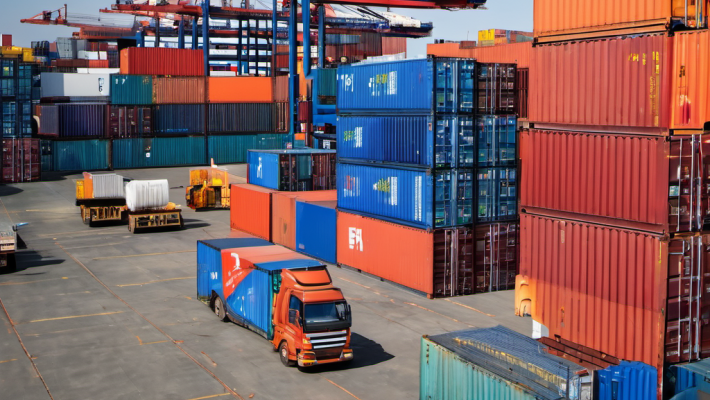Freight Forwarder Insights
Huin International Logistics Latest Articles
Less than container loading for international shipping
Shipping a small quantity of goods internationally, particularly when the shipment is less than a full container load (LCL), involves several options, procedures, and considerations. Here’s an overview of the typical options, documentation requirements, and estimated costs for international ocean shipping of small quantities of goods.
Options for Shipping Less than a Full Container Load (LCL)
- LCL (Less than Container Load) Shipping:
- Freight Forwarders: Utilize the services of freight forwarders who specialize in consolidating LCL shipments from multiple shippers into a single container.
- NVOCCs (Non-Vessel Operating Common Carriers): These entities also consolidate shipments and can offer competitive rates.
- Air Freight
- For small and urgent shipments, air freight can be a viable option despite higher costs compared to ocean freight.
- Courier Services:
- Companies like DHL, FedEx, UPS, and TNT offer international shipping for small parcels and can handle customs clearance, but are typically more expensive.
Choice of Carriers
- Ocean Carriers: Major ocean carriers such as Maersk, MSC, CMA CGM, and Hapag-Lloyd offer LCL services.
- Freight Forwarders: Companies like Kuehne + Nagel, DB Schenker, and Expeditors provide end-to-end logistics solutions, including LCL shipments.
- NVOCCs: Examples include Flexport, ECU Worldwide, and Shipco Transport.
Documentation Requirements
International shipping, even for small quantities, requires meticulous documentation to ensure compliance with regulations and smooth customs clearance. Key documents include:
- Bill of Lading (B/L):
- Serves as a receipt for the cargo and a contract for the transport between the shipper and the carrier.
- Commercial Invoice:
- Details the goods being shipped, including value and terms of sale.
- Packing List:
- Itemizes the contents of the shipment, including weights and dimensions of the packages.
- Certificate of Origin:
- Indicates the country where the goods were manufactured.
- Shipper's Export Declaration (SED):
- Required by some countries to monitor what is being exported.
- Import/Export Licenses:
- Specific licenses may be required depending on the nature of the goods and destination country.
- Insurance Certificate:
- Provides coverage details for the shipped goods.
Procedures
- Quotation and Booking:
- Obtain quotes from carriers or freight forwarders and book the shipment. Ensure to compare rates and services.
- Documentation Preparation:
- Prepare and submit the required documentation as mentioned above.
- Packaging and Labeling:
- Ensure goods are securely packaged and labeled according to international standards.
- Export Customs Clearance:
- Complete export clearance procedures in the country of origin.
- Transportation and Handling:
- Goods are transported to the port, loaded into a container, and consolidated with other shipments.
- Ocean Freight:
- Goods are shipped to the destination port.
- Import Customs Clearance:
- Upon arrival, clear the goods through customs in the destination country.
- Delivery to Final Destination:
- After customs clearance, goods are delivered to the final destination via truck or other means.
Estimated Costs
Costs for LCL shipments can vary widely based on several factors including the origin and destination, the nature of the goods, and the specific carrier or service provider. Here’s a rough breakdown:
- Freight Charges:
- LCL rates are typically calculated based on volume (cubic meters) or weight (whichever is greater). Rates can range from $30 to $200 per cubic meter depending on the trade lane.
- Documentation Fees:
- Preparing and processing shipping documents can cost between $50 and $100 per shipment.
- Handling and Consolidation Fees:
- These charges cover the cost of consolidating shipments and can range from $20 to $50 per cubic meter.
- Customs Clearance and Duties:
- Varies widely based on the destination country and the value/nature of goods.
- Insurance:
- Typically 0.3% to 0.5% of the shipment’s value.
- Delivery Charges:
- Final delivery charges from the destination port to the consignee’s location can range from $100 to $500 depending on distance and local charges.
Conclusion
Shipping small quantities of goods internationally requires careful planning, especially when dealing with LCL shipments. Choosing the right carrier or freight forwarder, preparing accurate documentation, understanding the costs involved, and complying with customs regulations are crucial steps to ensure a smooth shipping process. By leveraging the services of experienced logistics providers, shippers can navigate the complexities of international shipping more effectively.
